Zsudayka Nzinga opens up her home and her family as she’s known to do in her work, to share her journey of entrepreneurship and ways of portraying blackness to give insight on her art-based lifestyle. Zsudayka’s works can be categorized in many ways, but her artistic motivations are just an entry point to the message. Stained glass isn’t material she particularly uses, but her color and cloth patterns are reminiscent of the vibrant glass windows often displayed in churches. All her life Zsudayka has radiated blackness whether in her hometown of Denver, Colorado or while attending Hampton University in Virginia. Her fabrics paint the stories of everyday black people and their histories through her colorful portraits. The black experience is often showcased through the narrative of pain and struggle, yet the pulse of her works are comforting. She brings a joy and breath of fresh air to remind her audience of the passion blackness holds.
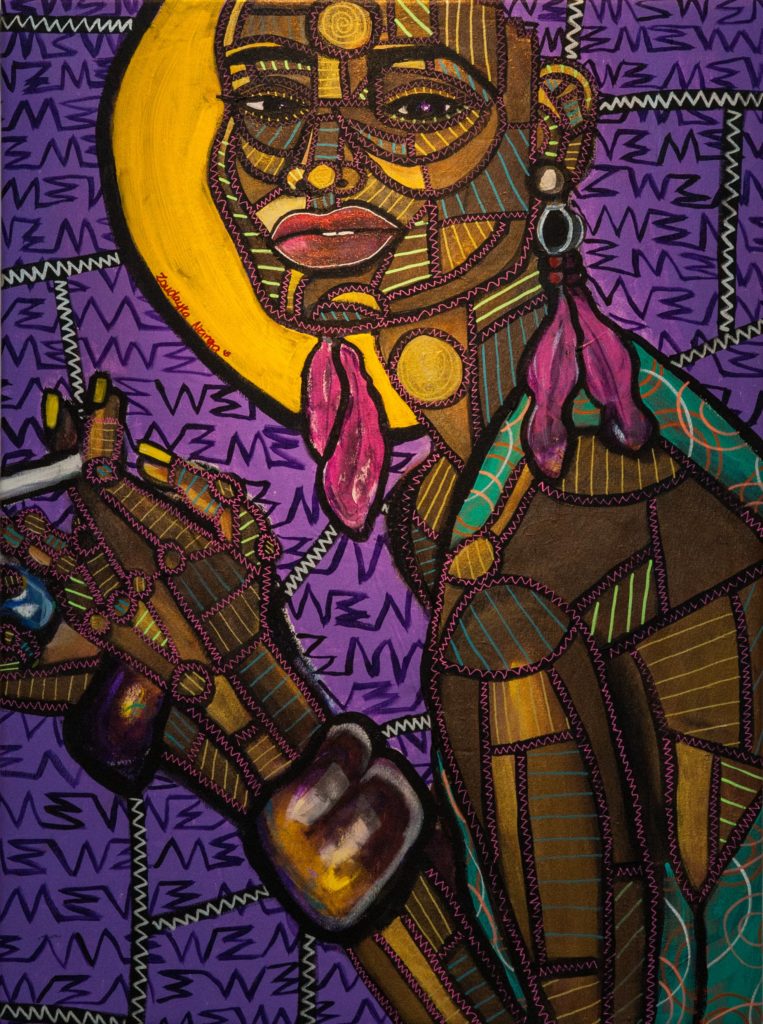
ZSUDAYKA: I am a self-taught artist, but I’ve always been an artist. I was in 2nd grade coloring earrings for people and selling them. I have an older brother who is also an artist. We’ve always had a really artistic household, but we always tell black kids that there are no jobs or money in art, which is incorrect. I went to school for Journalism and got a Journalism degree, then came out and started working in arts-based education. I was an art teacher for many years, and I helped nonprofits create art programs. I ran my own black arts festival for many years. I worked with other people’s art festivals in different capacities, and on the side I taught myself how to paint. Literally I felt called in my spirit to learn how to paint, so I went to Hobby Lobby. I had seen oil painters before, and I was really into Impressionist work. I went to see an Impressionist exhibit and was really moved by it, but also recognized there were no black artists who were represented. I wanted to be someone who could tell my story. I took a couple of classes and pulled in some artists friends and was just experimenting, and I realized I liked to draw people. I learned not only do I need to know how to use oil paint, but know how to do portraiture. Over the last 15 years or so I have been studying portraiture and up until about six years ago I was painting in oils. Six years ago, my husband, we were friends at the time, we would hang out a lot and paint at his house. I’d be dragging my paints back and forth and he’d be like just use my paint don’t drag your stuff all around. YouTube is available now, and I started studying acrylic painting techniques. One of my jobs was an art coordinator for a street youth center, and the kids taught me how to spray paint. There’s a lot of elements of that that shows up in my work, and the experience that I had learning how to spray paint, and having it be a kid who taught me — a young person who didn’t have an art degree or wasn’t even thinking about the possibility of art until that moment. That always stuck with me and my technique.
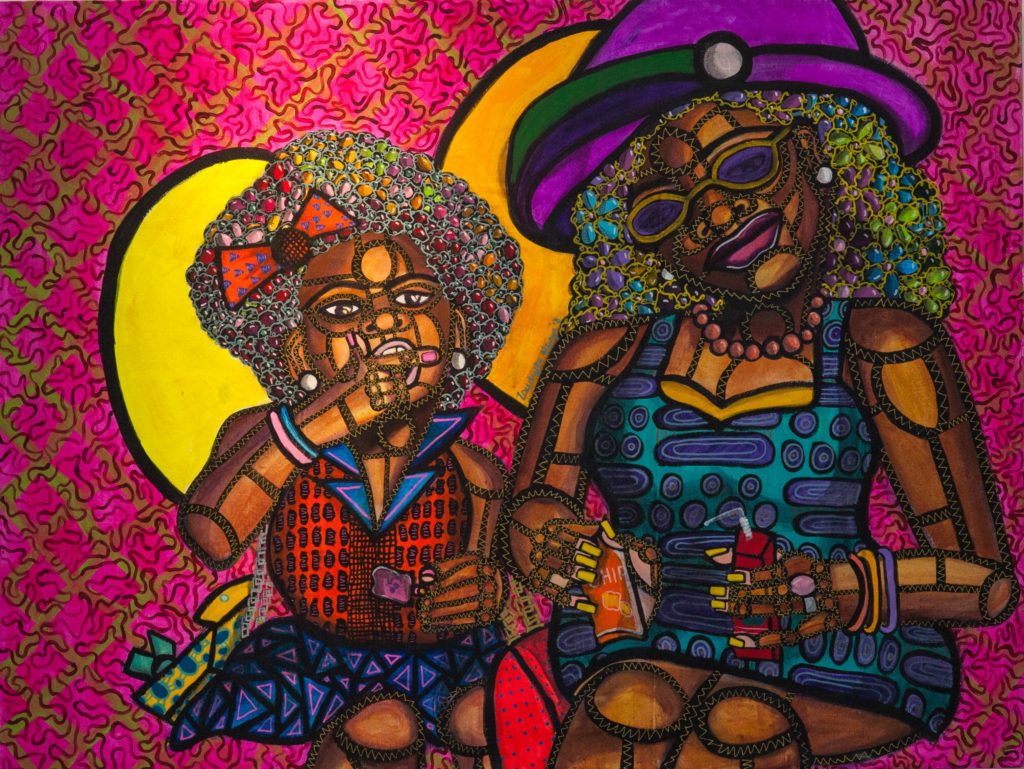
AMFM: As a member of the DC art scene, how was the DMV area influenced your works or point of view in why or how you approach a piece?
ZSUDAYKA: I’m actually in DC by way of Denver. There are definitely ways that DC influences my work, but Denver is really what made me who I am today. In Denver, I grew up in a really pro-black revolutionary household in the middle of a city that didn’t have substantial black culture. There’s a lot of black people in Denver, but there’s no black neighborhoods in Denver. My father was a revolutionary and my mother was into education, and they were into pride and identity. Even when I’m in my most polite state I come across as very unapologetically black. I’ve always been the Afro-soul sista. I’ve been thirty four for thirty-four years. Being black wasn’t cool until two years ago and having an afro wasn’t cool. Here I am in 1991 with my afro, and a lot of history about black history and culture that could not match me. Very early on I was like I have to get out of here. I need to get around other black people. I graduated high school and went to Hampton [University]. When I got there I realized I’m super duper black. It doesn’t really matter where you grow up, if you are rooted in blackness and your experience is centered in blackness, you don’t have to be around any other black people. You can emit blackness and understand your blackness and your culture and history. A lot of my work speaks to these universal black experiences that we are all sharing, no matter if you grew up as a black girl in Aurora, Colorado or Washington DC. I want to be able to create images of blackness that are not defined up against whiteness, but exclusively about me as a black woman telling the story of my culture and my community. Even though I’m from a predominantly white community I’ve had my scalped oiled or had my hair braided. I’ve had the soul food Sunday experience. I’ve celebrated Kwanza and my art is about those stories and those people.
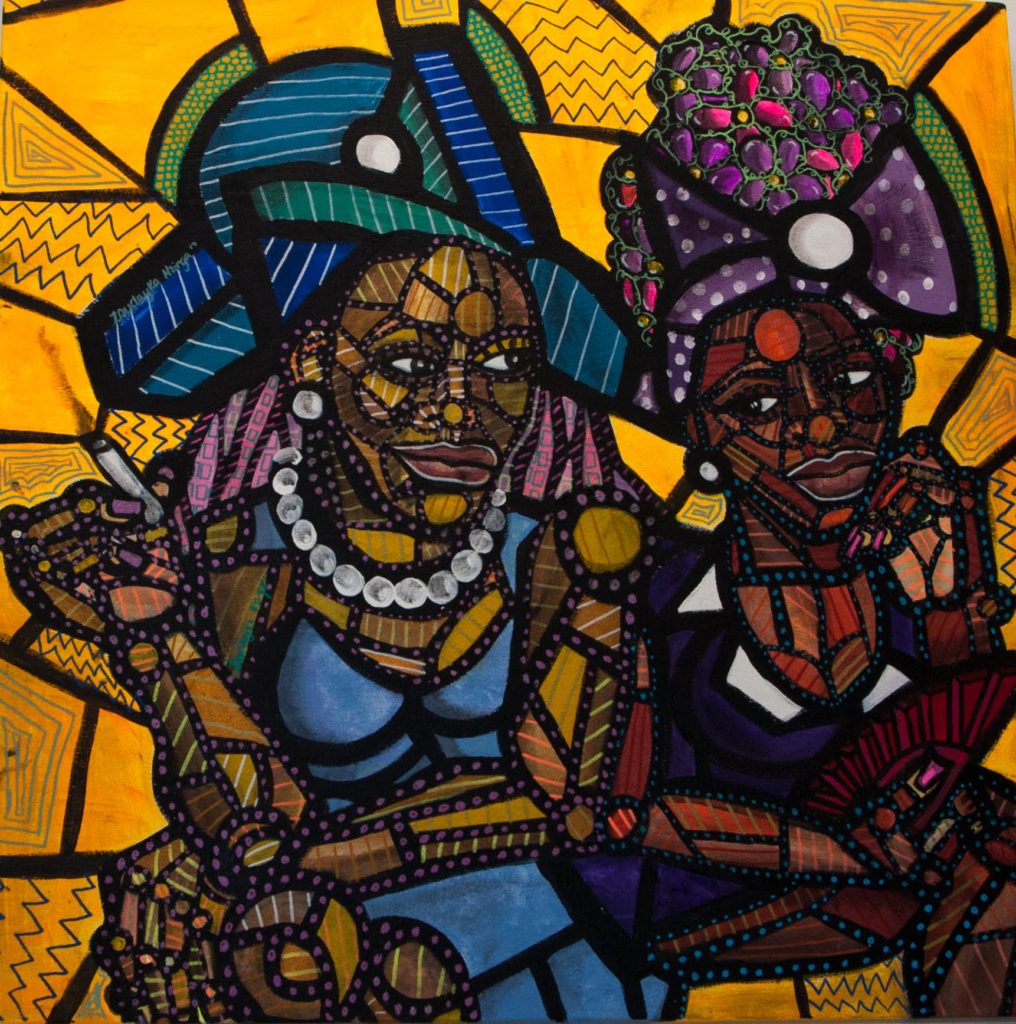
AMFM: Why have you chosen such a colorful and vibrant approach to your work?
ZSUDAYKA: The color and approach for me is an Afrocentric theme. I also think of my pieces in textiles because I’m very intrigued by African wax prints and the different patterns and prints and their meanings. Thinking about myself as a person who is not interested in going back to Africa, and more interested instead in the anthropology of my people from American forward. When I hear about the story behind Kente cloth and what the design means, I want somebody to feel that same thing. The vibration is very African and very inspired by the work of the African cultures, but it is an American approach of my Africanness and my blackness speaks. I’ve always been interested in putting some definitive work together around what black culture is, and my contribution to that is my approach to color and pattern.
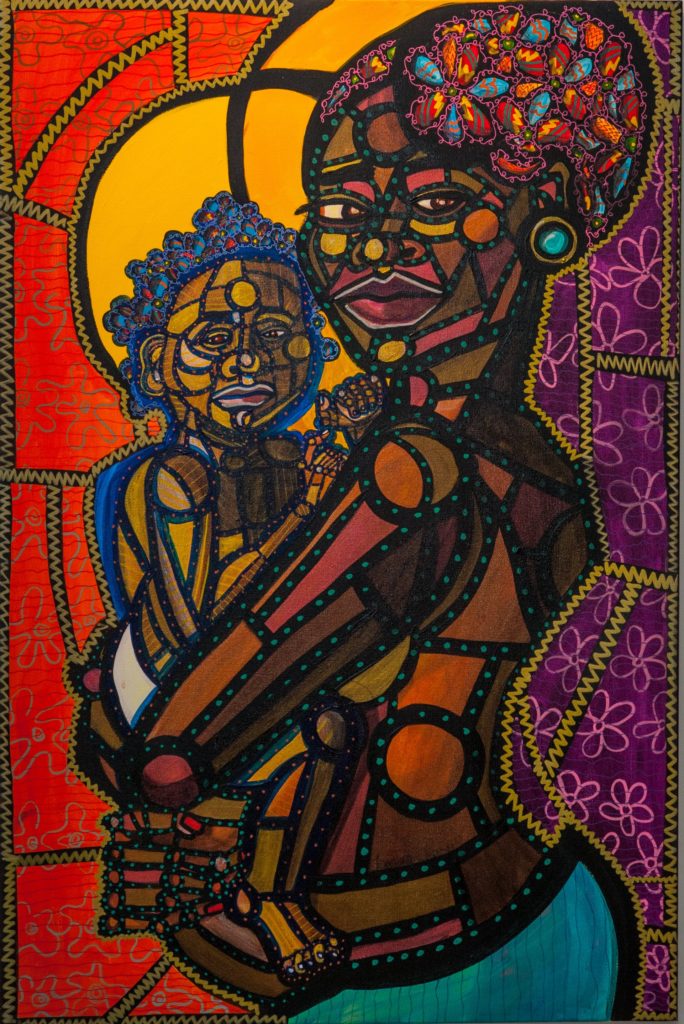
AMFM: You have created this business of selling art with your family. Has the business aspect of selling art empowered your work in anyway? What encouragement would you give young creatives looking to make their work not only true to themselves, but profitable?
ZSUDAYKA: I’ve always had a business, and it is this business. I knew early on I wanted to be a mom. I wanted six kids, and to be at home with them and home school, but I realistically knew that in order to do that I needed a way to make money on my own. Over the years my business has grown, shifted and changed. I had my own art festival. I ran a boutique for a while, and now my boutique has moved to online with the images me, my husband, and my oldest daughter create. It’s empowered me by giving me the ability to be free. The last two years, I’ve been able to hire people for events and give back to the community by employing someone. What has been most empowering is the way my business has grown. In terms of meeting my husband, who was an artist when I met him, and creating a merchandising business for him, and the first time I took his art to a festival and sold his paintings and brought back money, then seeing my daughter who is nine, coming into her own as an artist. If she wants something, she makes something and sells it. You can do paintings and be successful and there’s a myth that black people don’t buy art. Not only do black people buy art, they buy art to collect. Have things from many price points. I also have a lot of white cliental that appreciate our stories and the energy, who want to hang it up in their home. There is no racial boundary to creating art. You have to believe in yourself put yourself in a position to find your customer base.
For more information about Zsudayka Nzinga:
https://www.terrellartsdc.com
Instagram
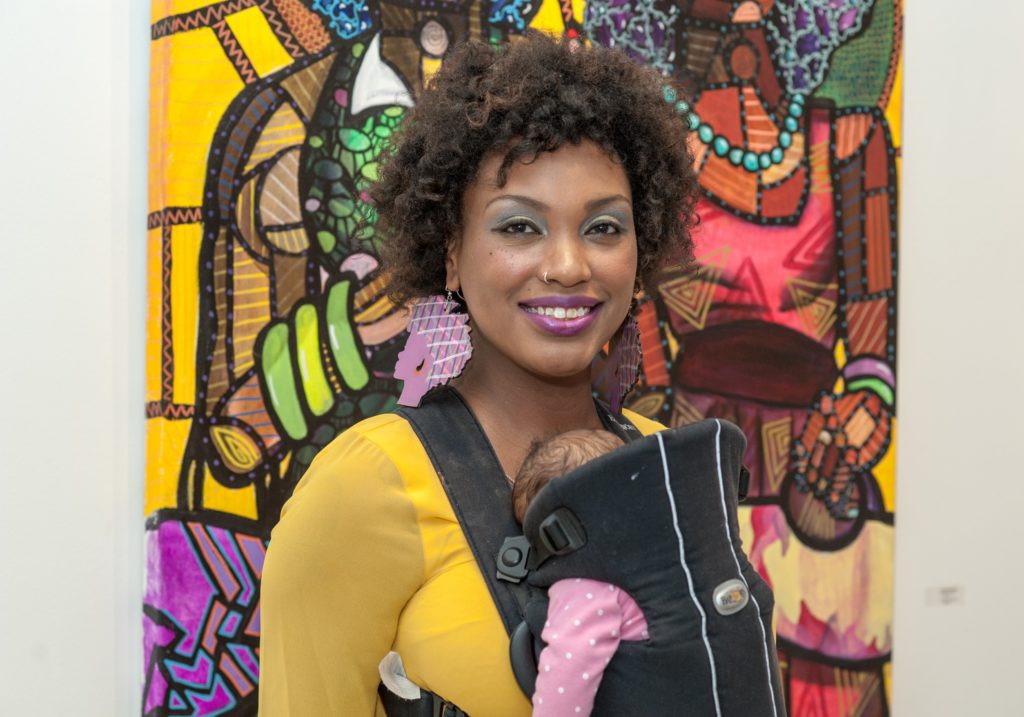
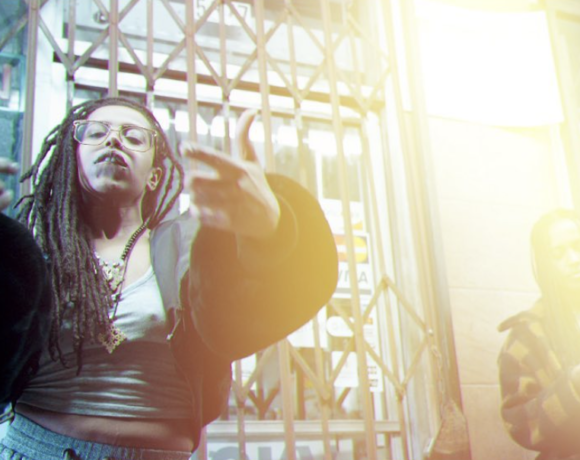
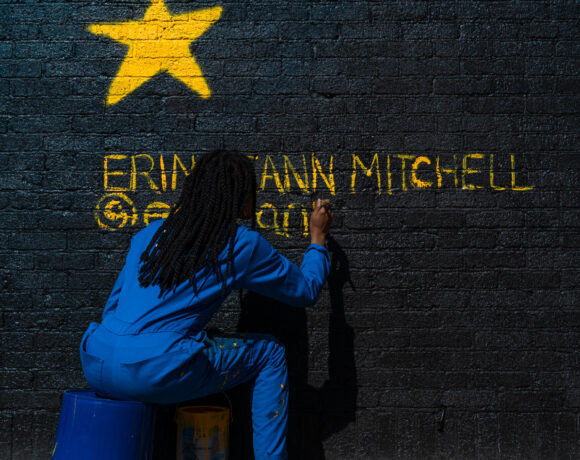
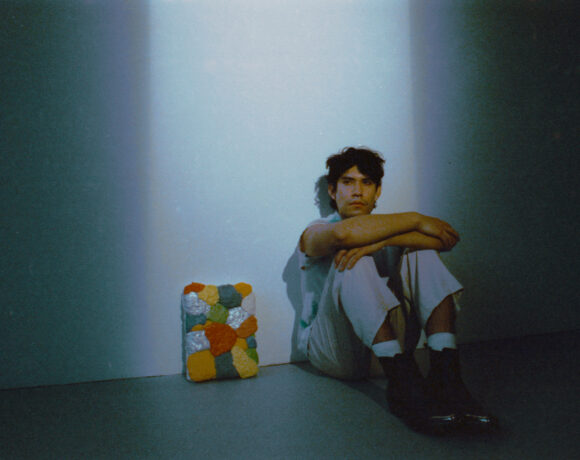
COMMENTS ARE OFF THIS POST